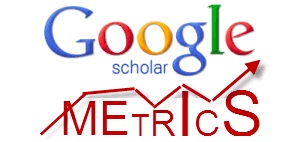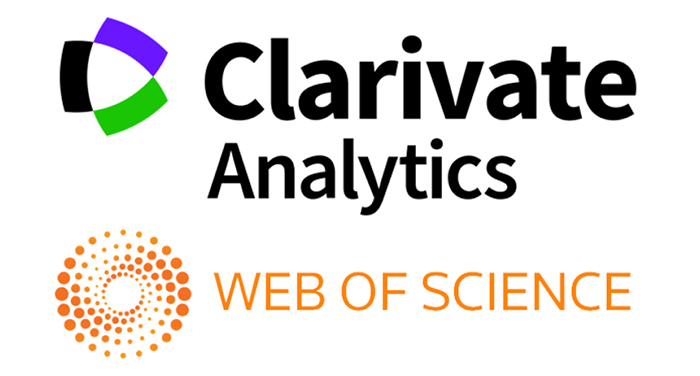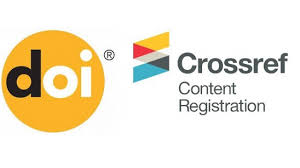BLENDED LEARNING APPROACHES: COMBINING TRADITIONAL METHODS WITH TECHNOLOGY FOR EFFECTIVE SPEAKING PRACTICE
Abstract
This article explores how blended learning can enhance speaking skills among middle school students, providing educators with effective strategies to implement this approach in their classrooms. Among various teaching methodologies, blended learning stands out as a powerful approach that combines traditional face-to-face instruction with online learning components
References
Graham, C. R. (2006). Blended learning systems: Definition, current trends, and future directions. In The Handbook of Blended Learning: Global Perspectives, Local Designs (pp. 3-21). San Francisco, CA: Pfeiffer Publishing.
Hockly, N. (2012). Blended learning. In The Cambridge Guide to Teaching English to Speakers of Other Languages (pp. 87-92). Cambridge: Cambridge University Press.
Zhao, Y., & Lai, C. (2019). Blended learning in language education: A review of the literature. Language Learning & Technology, 23(1), 1-20.
Chen, C. M., & Hwang, G. J. (2018). A new perspective on the role of technology in language learning: A blended learning approach. Educational Technology & Society, 21(1), 1-12.
Warschauer, M., & Healey, D. (1998). Computers and language learning: An overview. Language Learning & Technology, 2(1), 3-20.
Lai, M. C., & Hwang, G. J. (2016). Seamless flipped learning: A mobile technology-enhanced flipped classroom with peer assessment. Journal of Educational Technology & Society, 19(3), 1-12.
Thorne, S. L., & Black, R. W. (2007). Language and the Internet: A sociocultural perspective. In Handbook of Language and Social Interaction (pp. 329-350). Mahwah, NJ: Lawrence Erlbaum Associates.
Copyright (c) 2025 News of the NUUz

This work is licensed under a Creative Commons Attribution-NonCommercial-ShareAlike 4.0 International License.


.jpg)

1.png)







